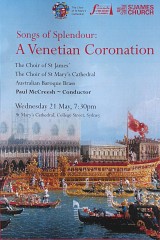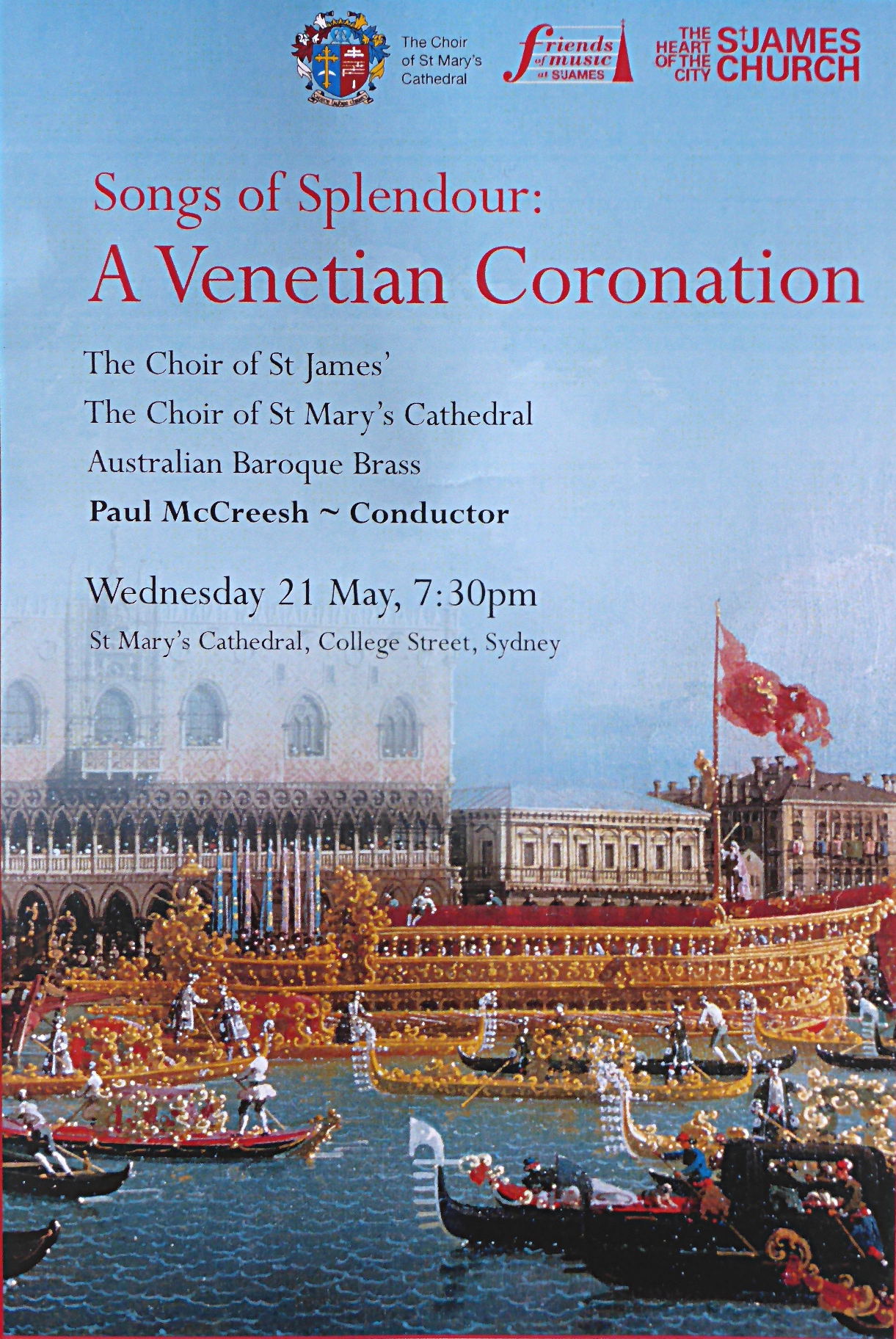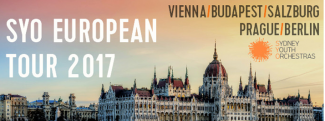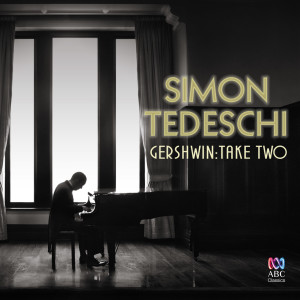Concert Review: A Venetian Coronation

Songs of Splendour – A Venetian Coronation
The Choir of St James’/The Choir of St Mary’s Cathedral/Australian Baroque Brass
Conducted by Paul McCreesh
St Mary’s Cathedral, Sydney
21 May 2014
It is now twenty-five years since Paul McCreesh first compiled his conjectural reconstruction of the music performed at the coronation of Doge Marino Grimaldi in San Marco, Venice on 27 April 1595. He recorded this with his Gabrieli Consort and Players and it soon became a best selling CD. There are no surviving records of the actual music performed that day in Venice, but McCreesh has made an informed selection from contemporary Venetian music, especially that of Andrea and Giovanni Gabrieli.
Two years ago McCreesh revisited the project and re-recorded it, incorporating musicological advances during the intervening period. This resulted in a slightly different selection of music and the use of smaller, more intimate forces. It was essentially this programme that we heard in St Mary’s cathedral.
McCreesh took pains to differentiate the evening from a traditional concert performance. Almost imperceptibly the cathedral bells started ringing to create a festive atmosphere. The buzz of conversation was stilled by the boom of a drum from the back of the cathedral and this was soon joined by small procession of brass players. After an organ interlude by Thomas Wilson, there was a procession of choral scholars then a festive toccata announcing the arrival of the unseen Doge followed by another organ solo. All this, before the start of the celebration mass itself. It was only at this point that Paul McCreesh, who had been discreetly directing proceedings from a seat in the front pew, took up his position at the conductor’s stand.
One has to admire the way McCreesh has assembled this reconstruction. He has been faithful to the liturgical structure while also producing a musical programme which thrives on the contrast of vocal and instrumental textures. For example, after a solo organ interlude, the opening of the mass builds in the number of voices performing: the 5 voice Kyrie is followed by an 8 voice Christe, then a 12 voice second Kyrie and then a 16 voice Gloria, all by Andrea Gabrieli.
The variety of musical texture was complemented by having the musicians sing and play from many different locations around the cathedral. Liturgical plainsong came from the far end of the nave, in front of the high altar and the polyphonic music was closer to the audience, in front of a visually effective ‘choir screen’ formed by a row of ornate chairs. The instrumentalists moved around depending on the specific forces required: sometimes in the cathedral crossing and sometimes out of sight, behind the high altar. This movement also helped to recreate the feeling of a catholic mass where there often seems to be extraneous movement during the service. The inventive combinations of choirs and instrumentalists continued throughout the programme and it was not until the penultimate piece that we heard a work for two antiphonally placed organs (the La Leona sonata by Cesario Gussago), which was characteristic of the music at San Marco at that time.
But what of the performances? Well, I can’t recall having previously seen and heard such an extensive battery of period brass instruments. The excellent players of Australian Baroque Brass under Artistic Director John Foster, were supplemented by additional luminaries from the early brass scene. The ten players paraded a veritable menagerie of cornetts, trumpets and sackbuts, augmented by the rare appearance of a dulcian played by Jackie Hansen. The raucous blast of sound produced by the assembly of penetrating cornets and bawling sackbuts in the resonant acoustic of St Mary’s was unforgettable and was most convincing in recreating a sonic image of San Marco four hundred years ago. This was the finest natural brass playing heard in Sydney for a long time, even though some fatigue seemed to set in towards the end of the programme. At times, the instrumental ensemble was expanded by the equally fine playing of violin (Fiona Ziegler), two violas (Nicole Forsyth and James Eccles) and two continuo organs (Michael Butterfield and Alistair Nelson).
The high standard of the instrumental playing was matched by the singing. The vocal forces were all male, as was historically correct. The plainsong was sung by the St Mary’s Cathedral Scholars under the direction of Oliver Brett and was delivered with the confidence born of long familiarity with the style. The multi-voice music was sung by the men of the choirs of St James’ and St Mary’s, trained respectively by Warren Trevelyan-Jones and Thomas Wilson. They also sang with confidence, good blend, unanimity and balance. The un-named soloists were all from the choir and their voices projected strongly into the huge volume of the packed cathedral.
But the great success of the evening was undoubtedly due to Paul McCreesh who integrated the disparate parts so effectively. He was obviously totally familiar with the music he has conducted intermittently for a quarter of a century. The individual items flowed seamlessly (with just one unplanned hiatus) and brought out the best in our local performers. It was a memorable presentation of superb music produced in a way that gave a vivid impression of what it would have been like in Venice on that spring morning more than 400 years ago.
The programme ended climactically with Omnes Gentes of Giovanni Gabrieli using 16 voices in 4 mixed vocal and instrumental choirs. When this finished, the clock registered that 75 minutes had elapsed since the beginning: it didn’t seem like it.
Larry Turner for SoundsLikeSydney©
Larry Turner has been singing in choirs for many years – both in Sydney and London. He is an avid attendee of operas and concerts, with an emphasis on vocal music. He particularly enjoys music from both the great a capella period and the baroque – especially the lesser-known works of Bach and Handel. He has written programme notes for Sydney Philharmonia, the Intervarsity Choral Festival and the Sydneian Bach Choir and is currently part of a team researching the history of Sydney Philharmonia for its forthcoming centenary.
SoundsLikeSydney accepts no fee for reviews.







